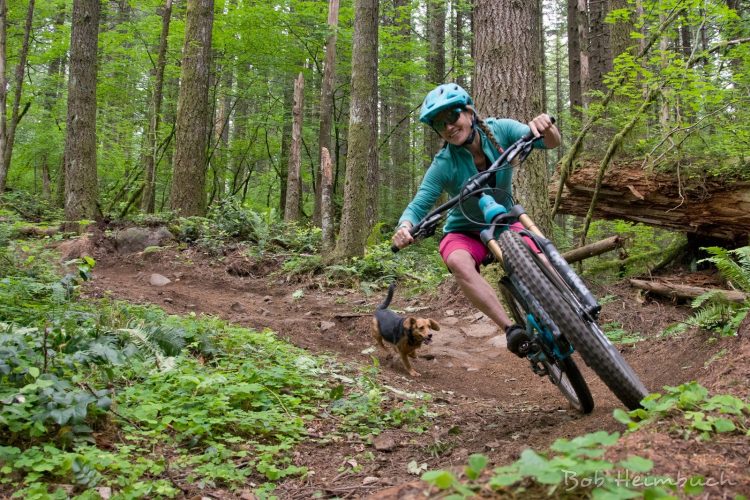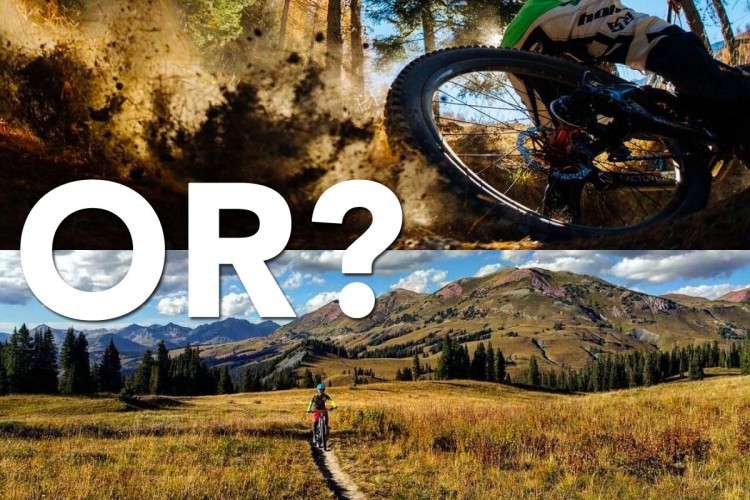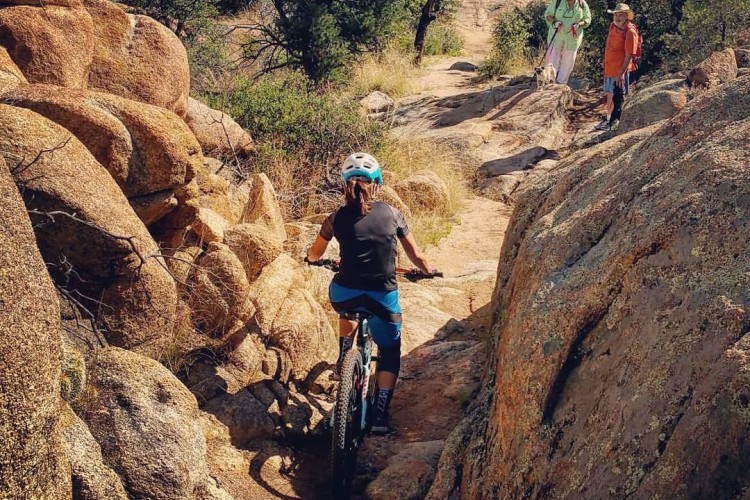The testimony and Q&A from the STC’s historic congressional hearing have officially been released. While you can watch the entire hearing in the video above (which covers several different bills), here are the highlights.
The video embedded above shows Representative Tom McClintock’s opening statements regarding bill H.R. 1349, a bill that aims to remove the blanket ban on mountain bikes in Wilderness areas. Note that this is not the same as a blanket approval, either. To begin, I highly recommend listening to Rep. McClintock’s opening statements, as it provides an excellent overview of the issue at hand.
In part, McClintock says,
“A year after he signed the Wilderness Act in 1964, Lyndon Johnson said, ‘those forgotten outdoorsmen of today are those who like to walk, hike, ride horseback, or bicycle. For them [we need] trails so well as highways.’ Bicycles were allowed in Wilderness areas from the inception of the act in 1964 until 1977 when the Forest Service reinterpreted the act to ban them. This met with a stern rebuke from Senator Frank Church, one of the key sponsors of the Wilderness Act, who protested, “agencies are applying provisions of the Wilderness Act too strictly, and misconstruing the intent of Congress, as to how these areas should be managed.'”
Upon finishing the opening statements concerning the bill, you can fast forward the video to the testimony from Sustainable Trails Coalition President, Ted Stroll, at 1:03:35. You can also find a complete copy of Stroll’s written testimony here, which is much more extensive and detailed than his oral testimony due to the nature of the hearing.
Other bills unrelated to mountain biking were also discussed in this hearing, so it’s best to skip around to find the key moments in the video. Other key points in the video above include:
- Q&A McClintock: 1:16:38
- Q&A Hanabusa: 1:22:00
- Q&A Thompson: 1:30:40
- Disagreement by Lowenthal: 1:32:40
- Q&A Tipton: 1:37:25
- Q&A Waterman: 1:45:30
For more background on the STC and the work they’ve done to reach this point, be sure to listen to our two-part podcast from July, 2016, linked below. Or, read any number of news articles we’ve published on this topic.
- The STC’s Plan to Get Mountain Bikes into Wilderness, Part 1
- The STC’s Plan to Get Mountain Bikes into Wilderness, Part 2′
While I recommend listening to Stroll’s entire testimony, and potentially reading the lengthy written testimony linked above, here are the highlights.
Highlights of Ted Stroll’s Testimony on Behalf of the Sustainable Trails Coalition
Regarding historic mountain bike access in Wilderness areas and how that access has changed, Stroll also quoted Senator Frank Church: “If Congress had intended that Wilderness be administered in so stringent a manner, we would never have written the law as we did.” In his written testimony, Stroll gives extensive historical evidence that Congress intended to include bicycles in Wilderness areas. He concludes by writing, “in other words, Congress did not mean to prohibit people from moving themselves about entirely under their own power, even if they relied on ancillary mechanical (but nonmotorized) devices, like a bicycle, to do this.” Consequently, H.R. 1349 “does not materially amend the Wilderness Act of 1964. Rather, it restores the Act to its original meaning.”
For those who would qualify the quest for mountain bike access in Wilderness areas as a minor issue, Stroll succinctly highlights the problem in his written testimony:
“In Colorado, more than 80 percent of all roadless federal land is Wilderness. About 15 percent of the entire land area of California—not just of public lands, but of the whole state—is Wilderness. Because of the agencies’ Wilderness bicycling bans, mountain biking is prohibited in a number of areas around Lake Tahoe, in the state’s far north, throughout the Sierra Nevada, within two or three hours’ drive from the Bay Area, and the Los Angeles basin, and in San Diego County. Similar situations exist in every western state.”
To head off common arguments against the bill, Stroll briefly highlighted the limited intentions of what he calls a “modest, cautious reform” in his oral testimony:
“STC endorses this modest, cautious reform. H.R. 1349 doesn’t give bicycling a blanket permit. It only ends the antiquated blanket bans, and stops there. It leaves in place regulations that let local forest and park supervisors decide who can be on a particular Wilderness trail. This was the Forest Service’s own rule from 1981-1984.”
[see_also id=’182211′]
During the Q&A session, Stroll further emphasized how modest the bill is, saying “it only allows human-powered travel in an area where Congress always intended human-powered travel. It doesn’t open up Wilderness to jeeps, or ATVs, or motorcycles, or similar devices.”
The assault on public lands is fresh in the minds of millions of environmentally-minded Americans, with the recent drastic reduction in the size of the Bears Ears and the Grand-Staircase Escalante National Monuments by the President. Stroll anticipated that some people will think H.R. 1349 will continue this frightening trend, despite his repeated arguments that this is unequivocally not the case. He highlights the likely rebuttal:
“It will come from the Wilderness industry, an enterprise comprising people with strong ideological opposition to human activity in public lands, commercial pack outfitters, and organizations that raise money by scaring people, that Congress will abolish Wilderness or dilute it out of all recognition. The latter are almost certain to tell the gullible that H.R. 1349 is part of that ultimate goal.”
“If people are serious about conservation, they should support managing Wilderness by human-caused impacts, not some other value of personal preference or convenience that often fits neatly with what those individuals like do to in Wilderness,” said Stroll.
[see_also id=’231107′]




















